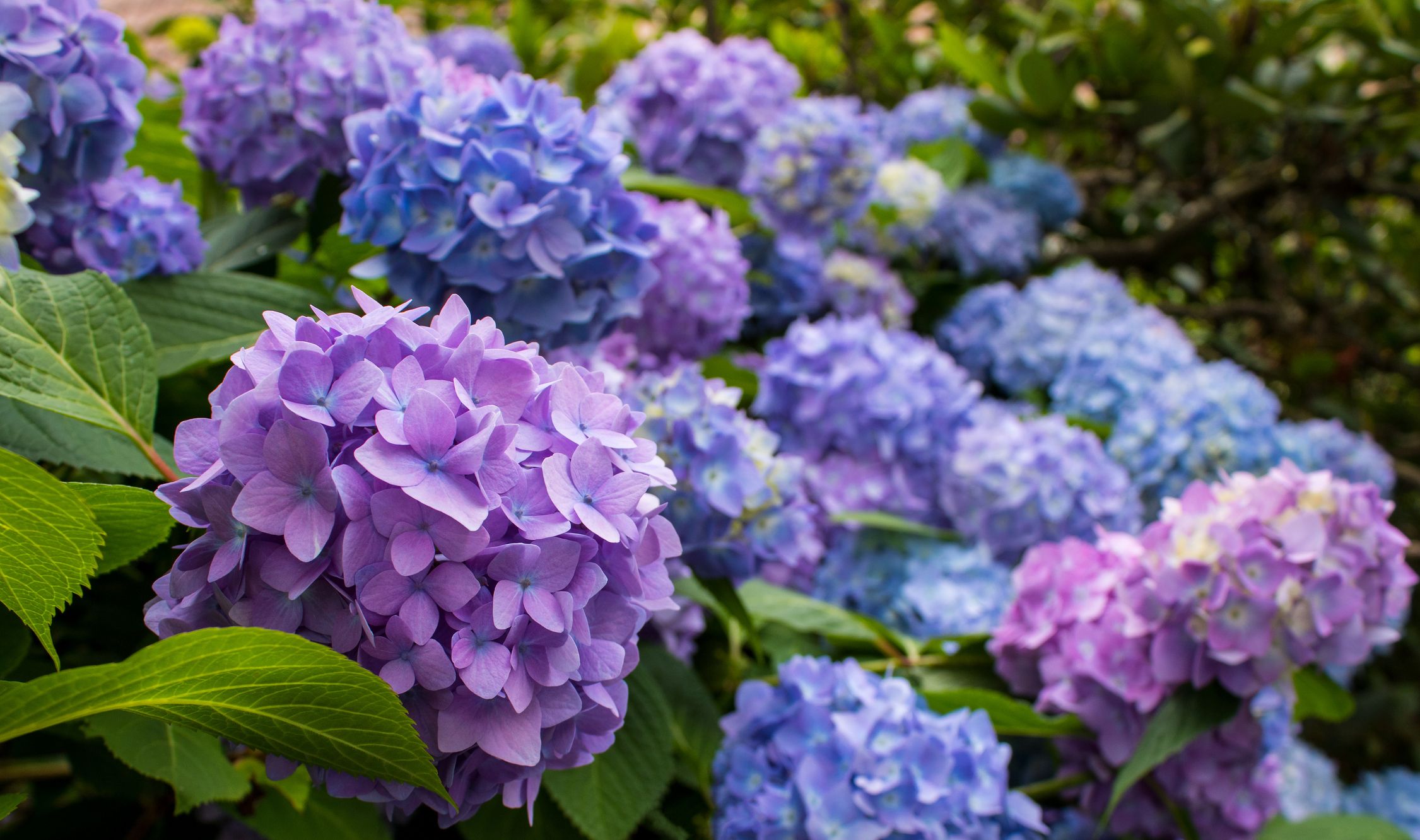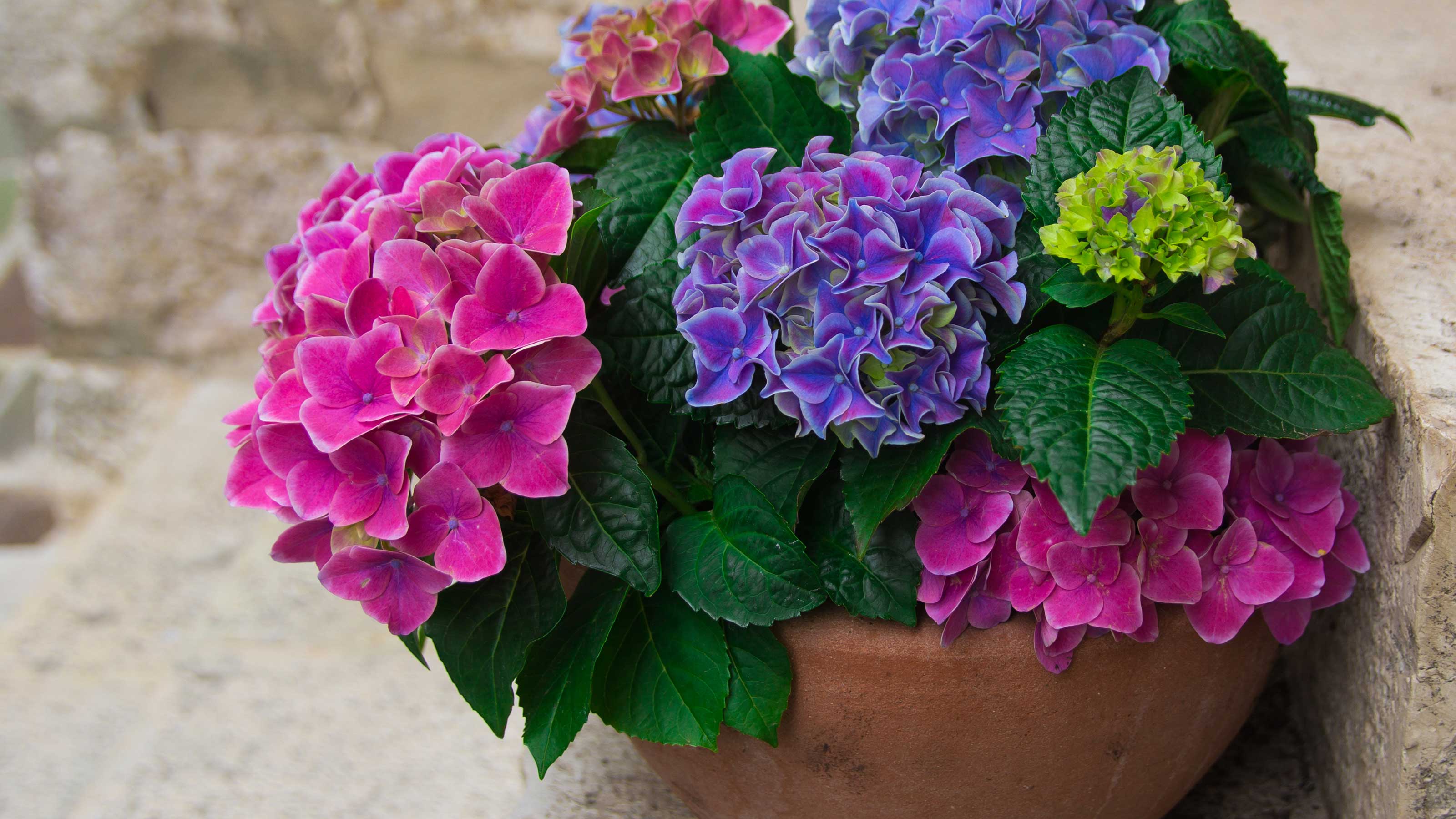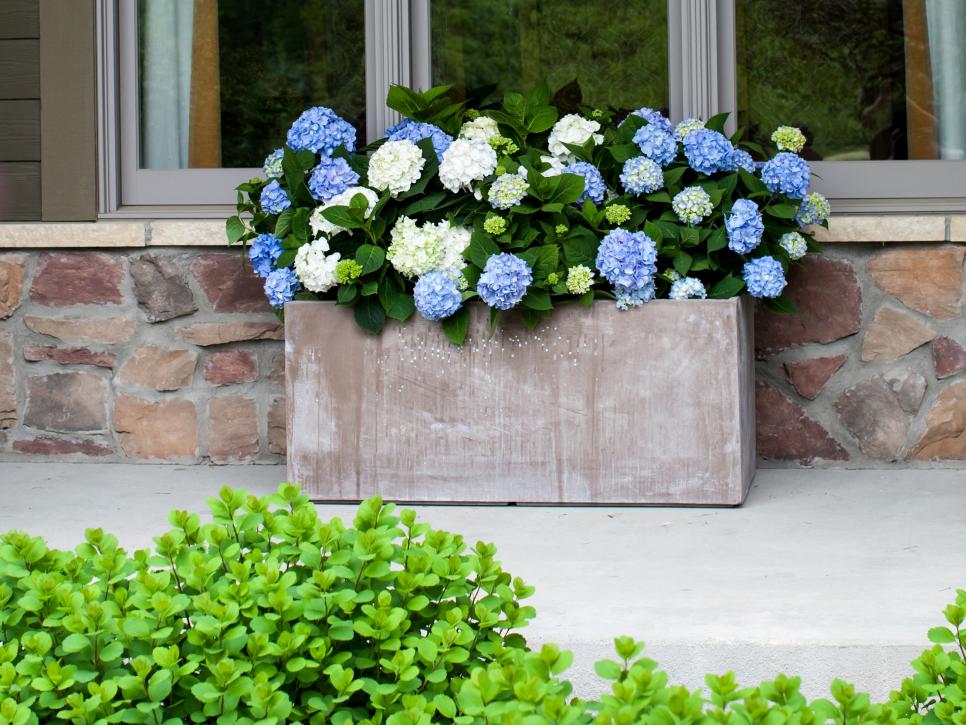How To Repot Hydrangeas Like A Pro
How to Repot Hydrangeas Like a Pro
Hydrangeas are beautiful, flowering shrubs that can add a touch of elegance to any garden. However, they can also be quite delicate, and repotting them can be a daunting task. But don't worry, with a little care and attention, you can repot your hydrangeas like a pro.
In this blog post, I will walk you through the steps on how to repot hydrangeas. I will also provide some tips and tricks to help you ensure that your hydrangeas thrive in their new pots.
So, let's get started!
When to Repot Hydrangeas
The best time to repot hydrangeas is in the spring or fall. These are the times of year when the plants are not actively growing, so they are less likely to be stressed by the repotting process.
If you live in a warm climate, you may also be able to repot hydrangeas in the winter. However, it is important to make sure that the plants are not exposed to freezing temperatures.
How to Choose a Pot
The size of the pot you choose for your hydrangeas is important. The pot should be large enough to accommodate the plant's roots, but not so large that there is too much empty space. A good rule of thumb is to choose a pot that is one size larger than the current pot.
The pot should also have drainage holes to allow excess water to escape. If the pot does not have drainage holes, you can drill some yourself.
What Type of Soil to Use
Hydrangeas prefer a slightly acidic soil. You can buy a potting mix specifically formulated for hydrangeas, or you can make your own by mixing equal parts peat moss, perlite, and garden soil.
How to Repot Hydrangeas
- Prepare the new pot by filling it with potting mix.
- Water the hydrangea thoroughly so that the soil is moist but not soggy.
- Carefully remove the hydrangea from its current pot.
- Tease out the roots of the hydrangea so that they are not tightly compacted.
- Place the hydrangea in the new pot and backfill with potting mix.
- Water the hydrangea again.
- Place the hydrangea in a shady spot for a few days to allow it to adjust to its new pot.
Aftercare
Once you have repotted your hydrangeas, it is important to care for them properly. Water them regularly, especially during the first few weeks after repotting. You may also want to fertilize them every few weeks with a balanced fertilizer.
Hydrangeas prefer full sun, but they can also tolerate partial shade. If you live in a hot climate, you may want to plant your hydrangeas in a spot that gets some afternoon shade.
With proper care, your hydrangeas should thrive in their new pots for many years to come.
Tips and Tricks
- If your hydrangea is rootbound, you will need to loosen the roots before repotting. To do this, gently tease the roots apart with your fingers.
- If you are repotting a large hydrangea, you may need to enlist the help of a friend or family member.
- Be careful not to overwater your hydrangeas after repotting. Too much water can cause the roots to rot.
- Fertilize your hydrangeas every few weeks with a balanced fertilizer.
- Protect your hydrangeas from harsh winds and hot sun.
Conclusion
Repotting hydrangeas can be a daunting task, but it is not as difficult as it seems. By following these simple steps, you can repot your hydrangeas like a pro and ensure that they thrive for many years to come.
Hydrangeas are beautiful flowers that can add a touch of elegance to any garden. But if your hydrangeas are getting too big for their pot, or if you're simply looking to give them a new home, it's time to consider repotting.
Repotting hydrangeas is a relatively easy process, but there are a few things you need to do to ensure success. First, choose a pot that is slightly larger than the current pot. The new pot should have drainage holes to prevent the roots from rotting.
Next, fill the new pot with a high-quality potting mix that is designed for hydrangeas. Be sure to add some compost or manure to the mix to improve drainage and fertility.
Once the pot is filled, carefully remove the hydrangea from its current pot. Gently tease the roots apart to loosen them, and then place the plant in the new pot. Backfill the pot with potting mix, and water thoroughly.
After repotting, your hydrangea may need some time to adjust to its new surroundings. Water it regularly, and fertilize it every few weeks with a balanced fertilizer. With proper care, your hydrangea will thrive in its new pot for many years to come.
For more detailed instructions on how to repot hydrangeas, please visit . This website has a wealth of information on hydrangea care, including step-by-step instructions for repotting.
FAQ of repotting hydrangeas
Q: When is the best time to repot hydrangeas?
A: The best time to repot hydrangeas is in early spring, when the weather is starting to warm up but the plant is not yet in full bloom. If you live in a cold climate, you can also repot hydrangeas in late winter.
Q: How do I know if my hydrangea needs to be repotted?
A: There are a few signs that your hydrangea may need to be repotted. These include:
- The roots are starting to grow out of the drainage holes in the pot.
- The plant is not growing as well as it used to.
- The soil is compacted and no longer drains well.
Q: What size pot should I use for a repotted hydrangea?
A: The size of the pot you use for a repotted hydrangea will depend on the size of the plant. A good rule of thumb is to choose a pot that is only one size larger than the current pot. This will give the roots enough room to grow, but not so much room that the plant becomes rootbound.
Q: What type of soil should I use for a repotted hydrangea?
A: Hydrangeas prefer a moist, well-drained soil that is slightly acidic. A good potting mix for hydrangeas will contain peat moss, perlite, and compost.
Q: How do I care for a newly repotted hydrangea?
A: A newly repotted hydrangea is especially delicate, so it is important to care for it properly. Here are a few tips:
- Water the plant regularly, but do not overwater.
- Keep the plant in a sheltered, semi-shaded location.
- Fertilize the plant with a balanced fertilizer every few weeks.
Image of repotting hydrangeas
- Image 1: A hydrangea plant in a pot, with its roots exposed. A person is holding a new pot, ready to repot the hydrangea.
- Image 2: A close-up of the roots of the hydrangea plant, being gently loosened from the old pot.

- Image 3: The hydrangea plant being placed in the new pot, with fresh soil being added around the roots.

- Image 4: The hydrangea plant watered, after being repotted. The leaves are starting to perk up.

- Image 5: A healthy hydrangea plant, thriving in its new pot.

Post a Comment for "How To Repot Hydrangeas Like A Pro"